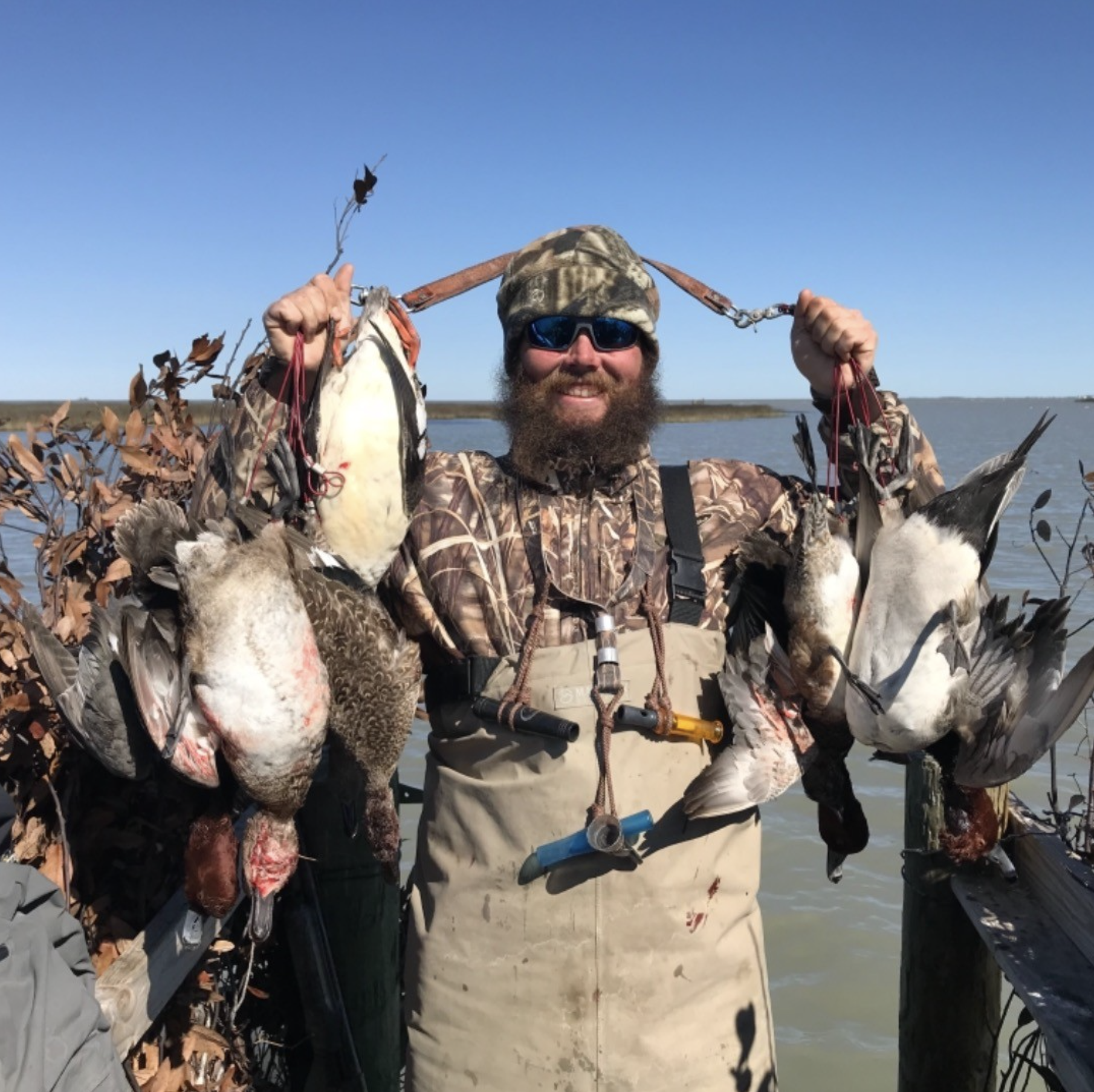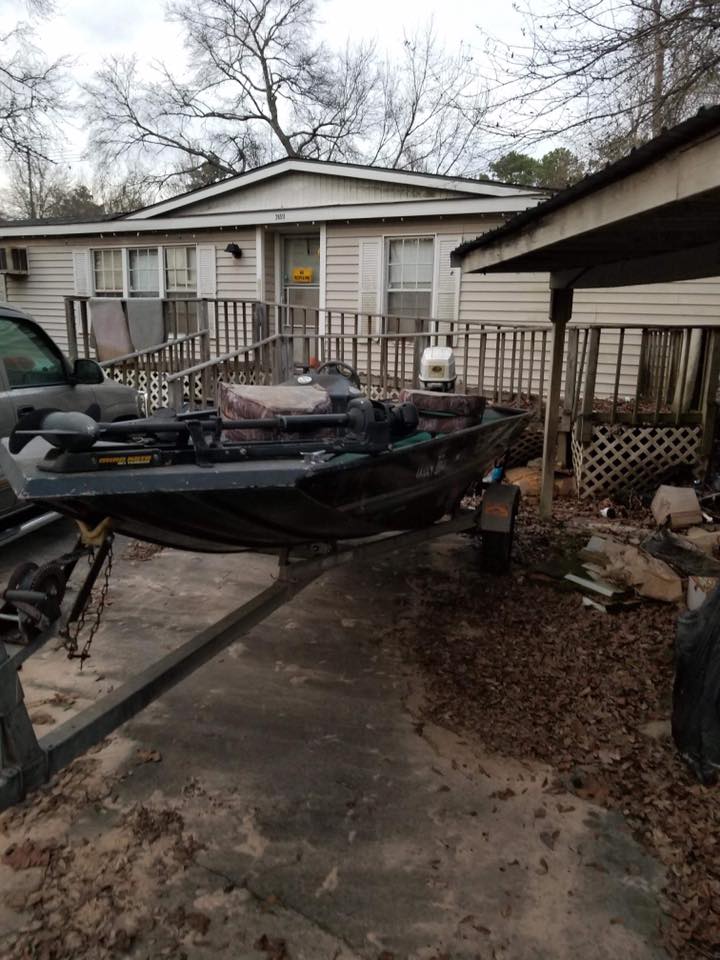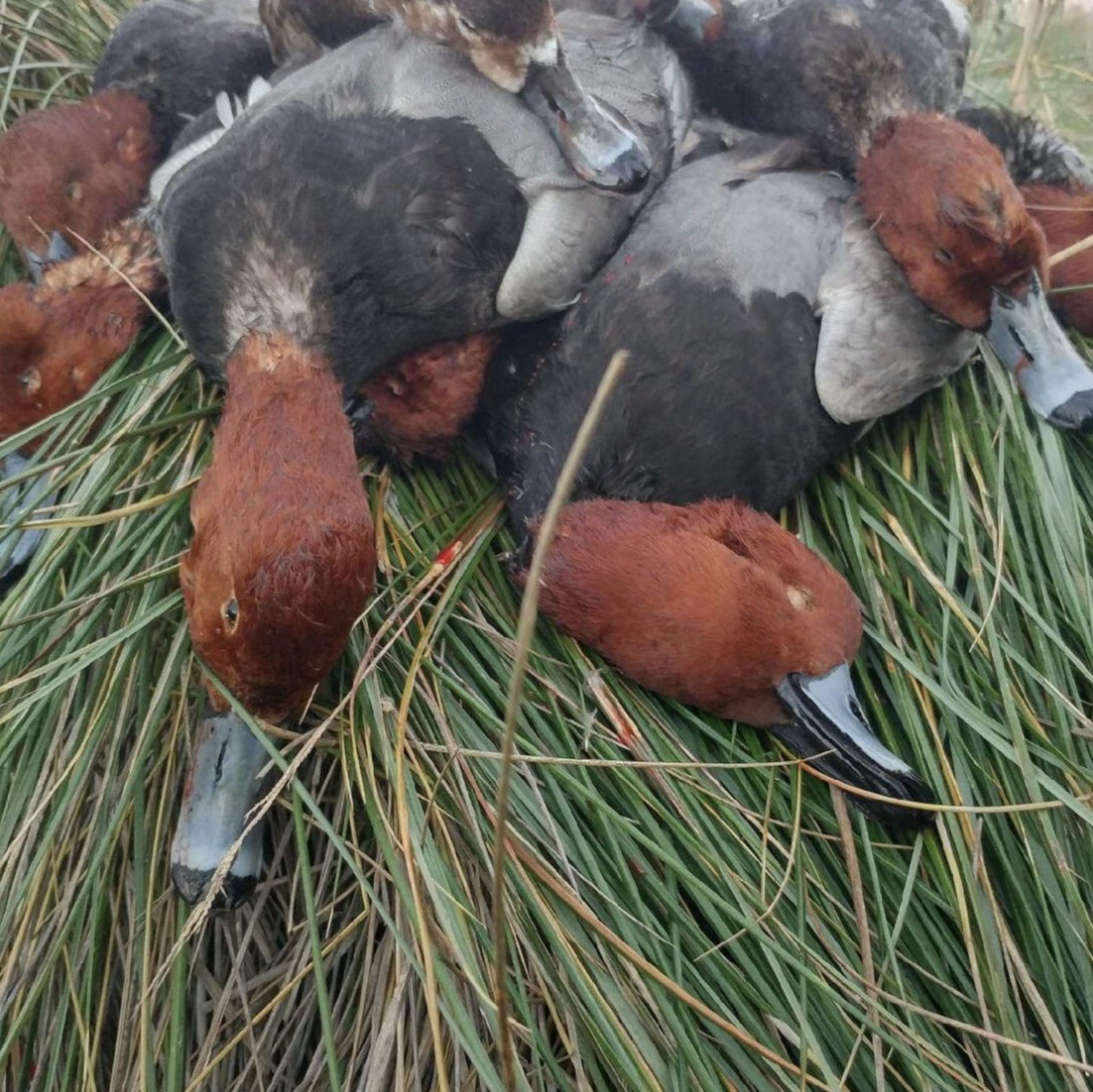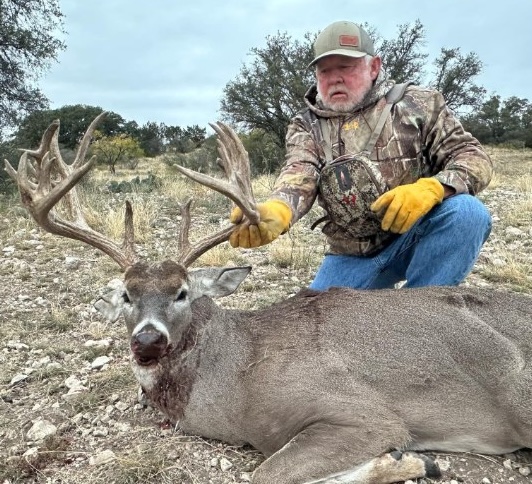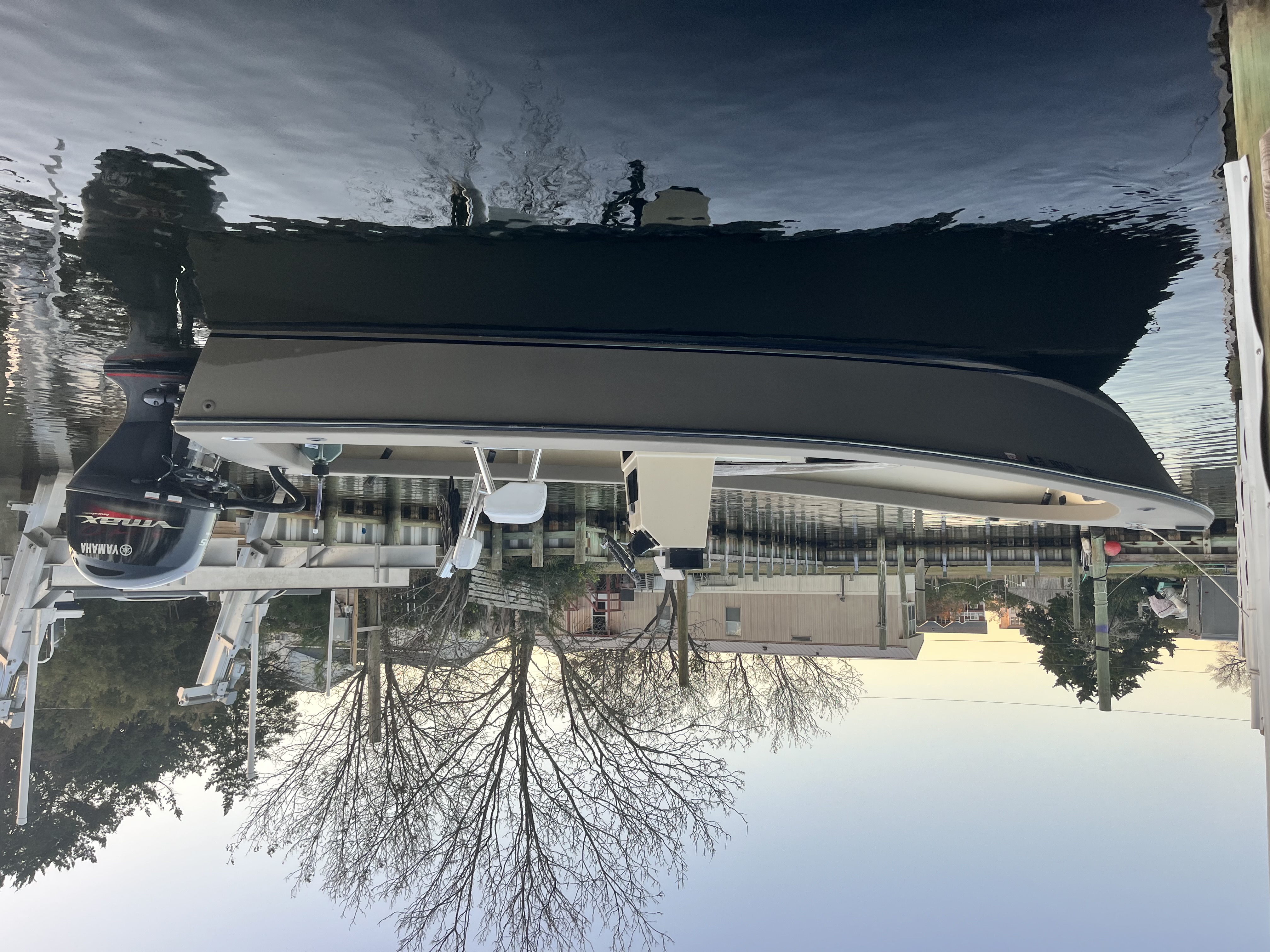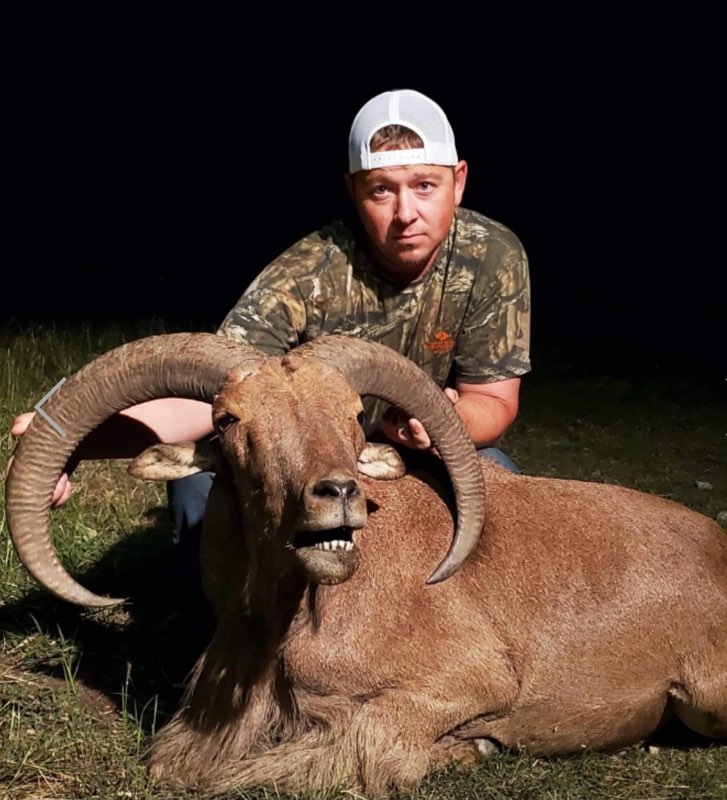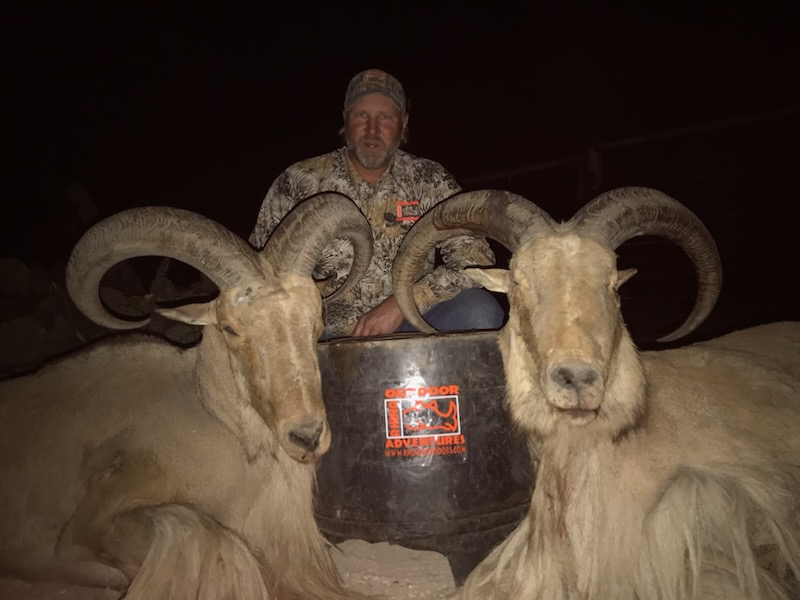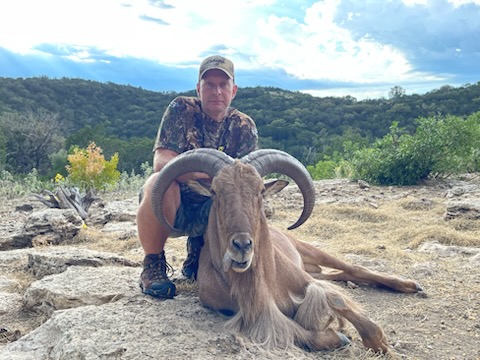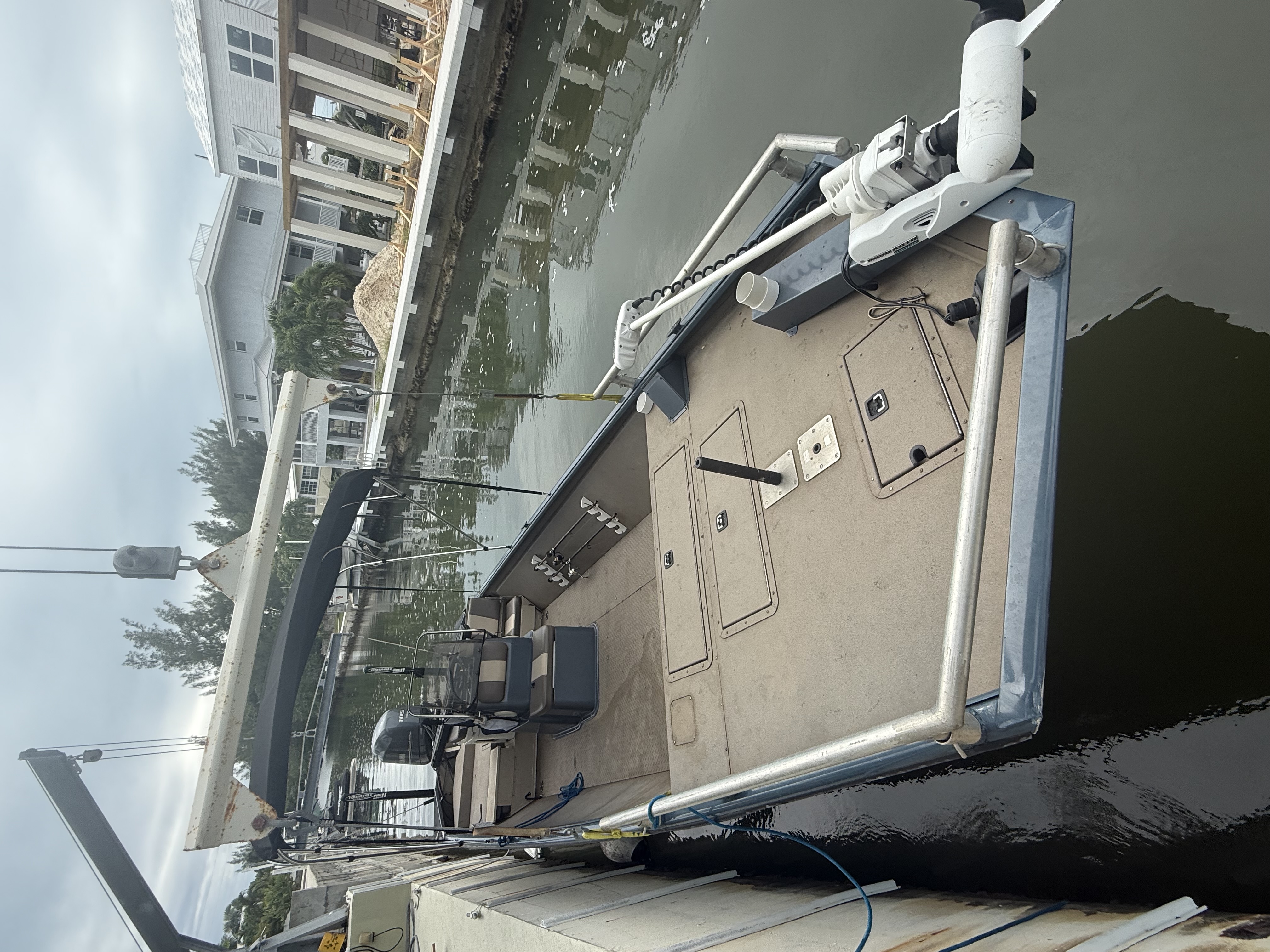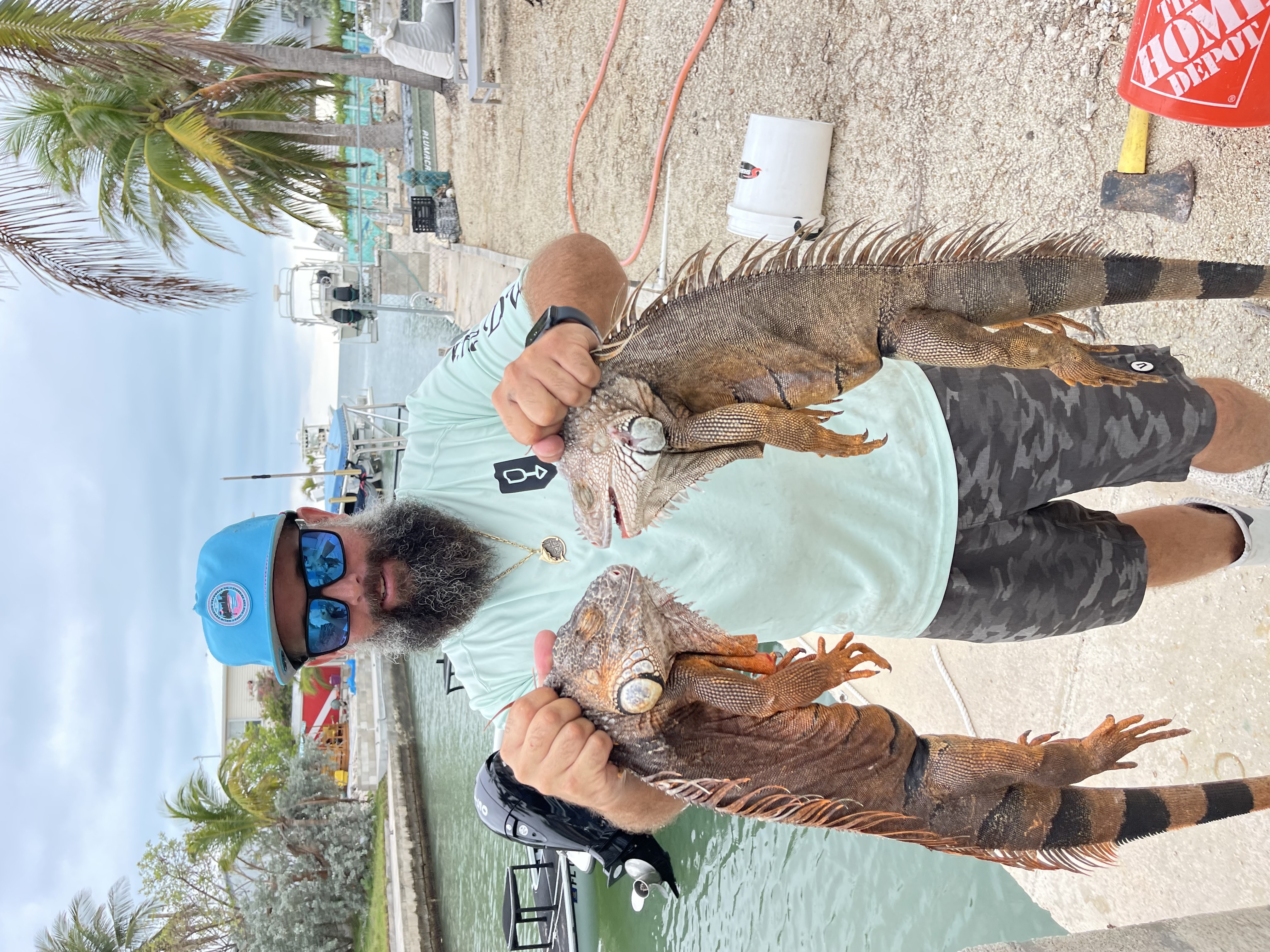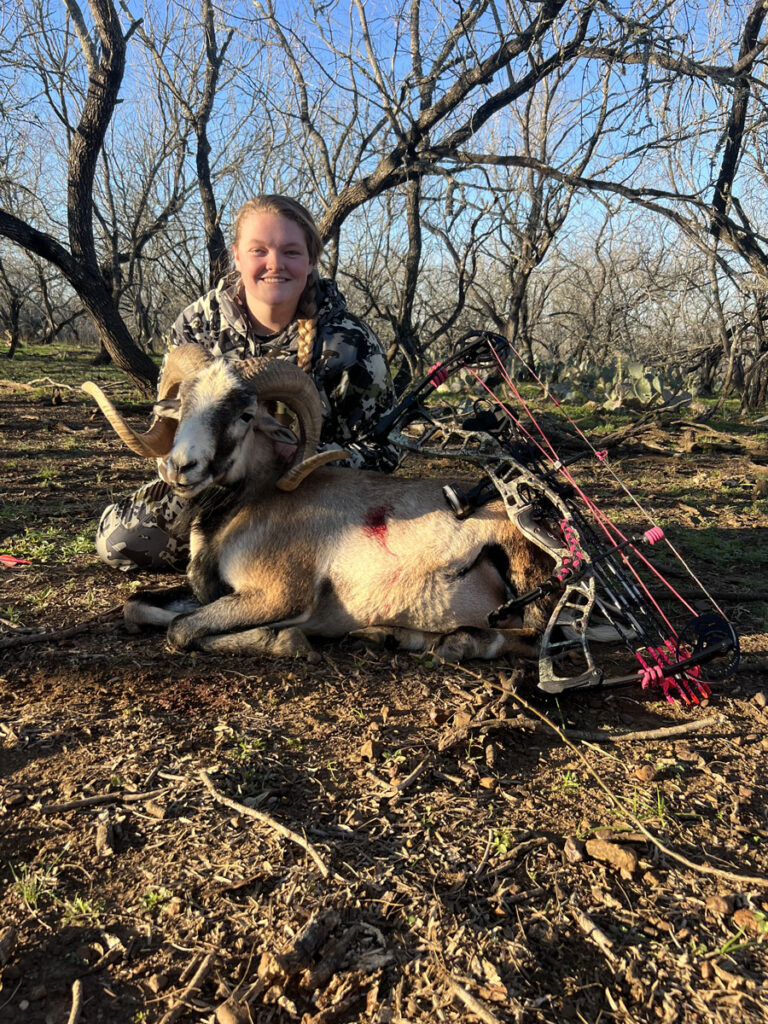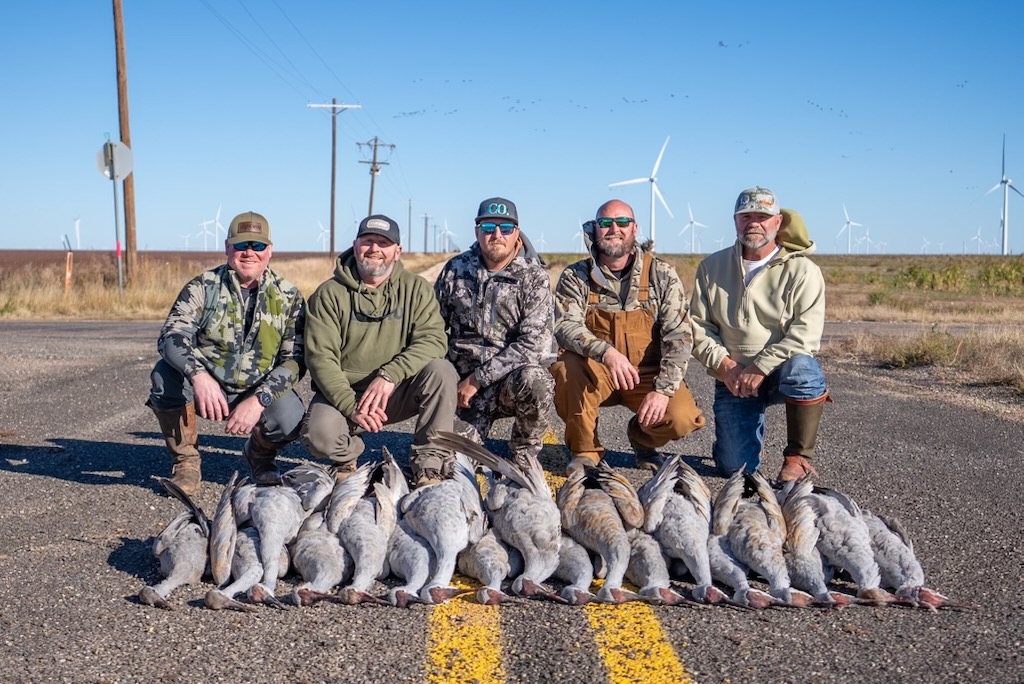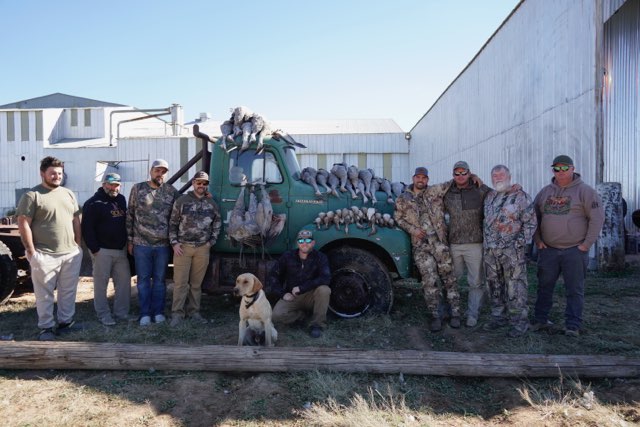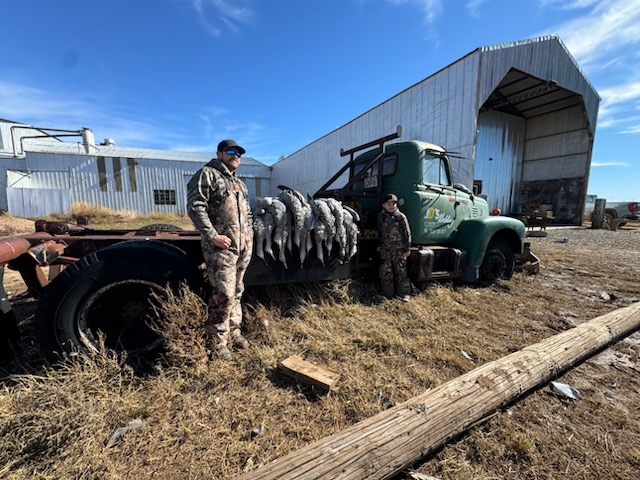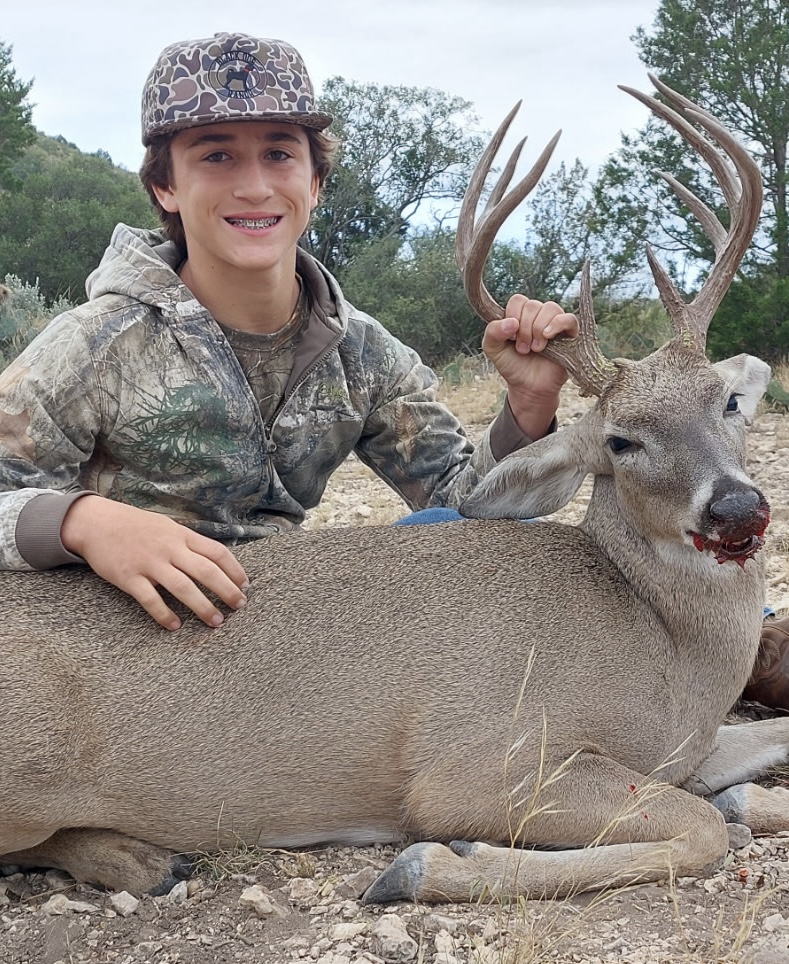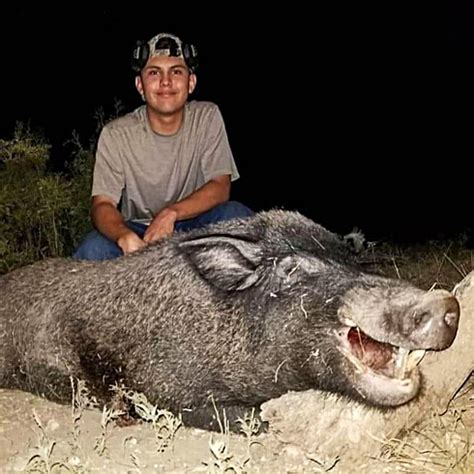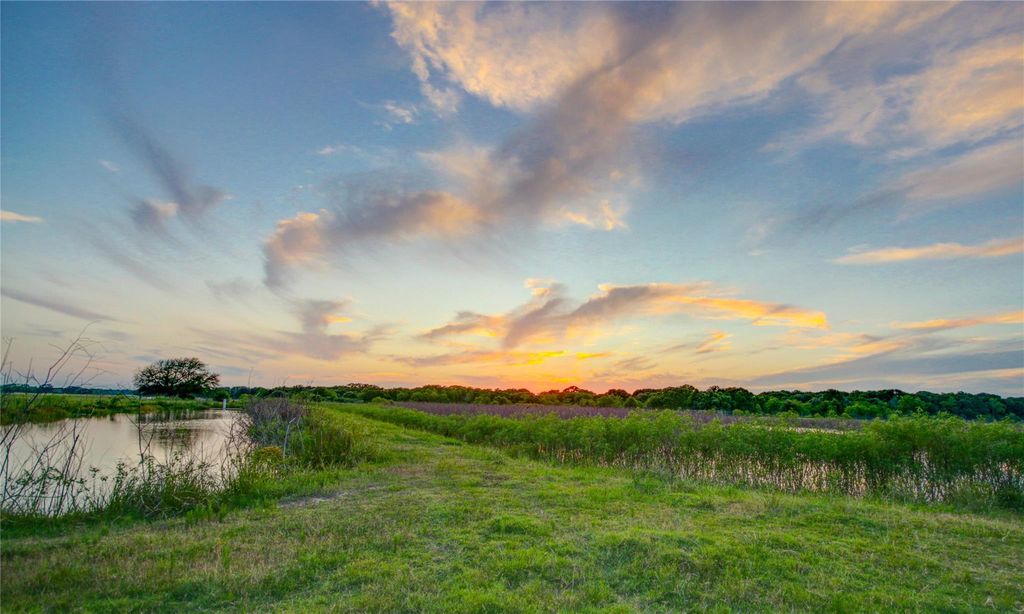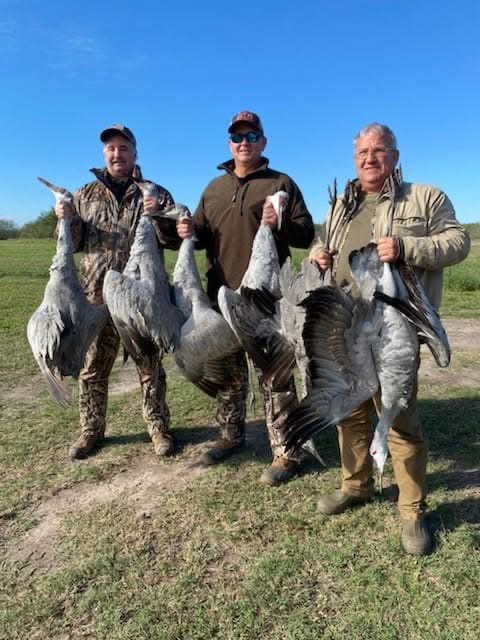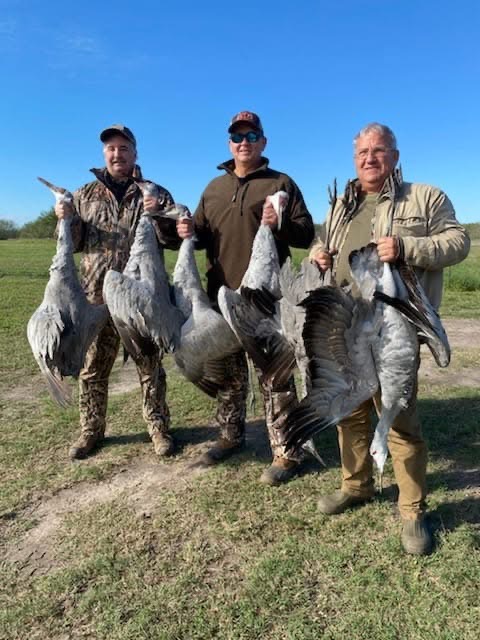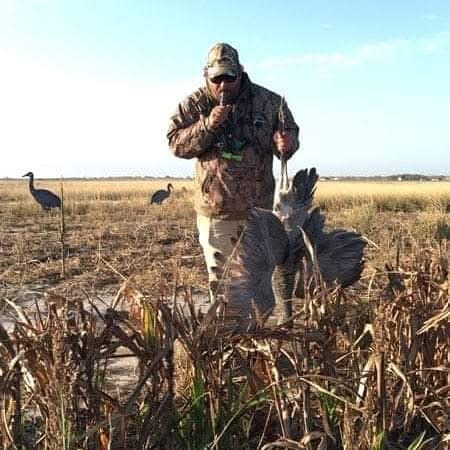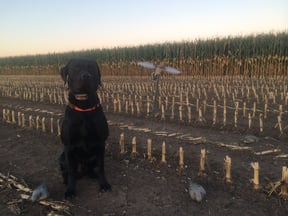Private Pond Duck Hunts
Invasive Species Hunting in Van Horn
West Texas Whitetail
Dawn Patrol Ducks
Aoudad Special: 3 Days, 2 Nights
Invasive Species Hunting in Stock Island
Iguana Hunt
Big Game Exotics
West Texas Crane Hunt
Whitetail Hunt Close To Houston
Invasive Species Hunting in Damon
Hog Hunt Close To Houston
SANDHILL CRANE
We started Captain Experiences to make it easy to book fishing and hunting guides around the world. With over 2,000 Damn Good Guides, our platform makes finding and booking a trip seamless. Head here to check out our trips.

“The first thing you’ll want to worry about are the crocodiles - they can lunge about 2 meters out of the water and will chase your fish in when you’re on. You also want to make sure you don’t get between a hippo and the water; they’ll steamroll you. Watch out for any bull elephant and don’t get too close - they’ll knock down anything in their path. Make sure you check for puff adders and black mambas...oh and green mambas. Don’t forget to check your boots for scorpions and make sure you don’t wear flip flops at night. And make sure you bring your malaria pills and get your typhoid shots, the mosquitoes are deadly. But there’s nothing to worry about, Tanzania is a super safe place and we’re going to have an awesome trip!”
When we got invited to head out to Tanzania to explore everything fishing has to offer in East Africa, we didn’t quite know what to expect. We knew we would be fishing for a number of familiar and unfamiliar species, but beyond the itinerary we were ready to grab our hats and hold on for this two-week, off-the-grid trip our guide Dom downplayed as a “reccy”.
Our itinerary was broken down into three legs, and we were able to remain fairly true to our original plans:
Leg 1 took us to the heart of Tanzania to Ruaha National Park, where we hunted tigerfish, the most ferocious freshwater (and maybe allwater) fish I have ever laid eyes on. We spent 8 days with armed guards staking out the river and teaching ourselves the best strategies to catch these fanged fish.
For leg 2 we took a 10 person puddle jumper back to Dar Es Salaam and headed out in a 45 foot catamaran liveaboard for 48 hours offshore targeting everything the Indian Ocean has to offer. We caught a mess of species, not limited to dogtooth tuna (unique to the Indian Ocean and the southwest Pacific), swordfish, snapper, wahoo, mahi, and yellowfin.
For the final leg of the trip, we flew to Kilimanjaro and ascended deep into the foothills of the tallest mountain on the continent. Our target was rainbow trout that were stocked over 100 years ago and have remained untouched until now. The fishery was only opened last year and Dom is the first and only person to hold a fishing license for the area.
With a trip plan like this and filled with excitement about the unknown, we packed our gear and hopped the next flight to Dar.

Into the Heart of Tanzania: Fishing for Tigerfish on the Ruaha
“There is a vulnerability to the safari, a romance of the wilderness. The world as it used to be. The sense of adventure. The sense of wanting to see new things. The desire to go somewhere that no one else has been and not be in an air conditioned room for a little. Have a bit of danger involved. See some crazy stuff.” -Doug Bell

Bull elephants staring us down in the Usangu Wetlands.
The group consisted of two of us from Captain Experiences, myself (Attison) and Jonathan, the cofounders of the company. We brought along our good friend Austin Stapleton, former fly fishing guide and current avid fly angler (and an incredible photographer).
We were guided by our fearless leader, Dom Lever, a Tanzanian resident of 26 years and the local expert in all things wildlife and fishing. Dom has been patiently exploring the waters of Tanzania and the surrounding countries for the past three decades.Given the unknown and untouched nature of every fishery here, he has been exploring off-grid and testing techniques for years to even get us to the point where we could take a trip of this caliber.
After 20 hours of flights (Austin to DC to Ethiopia to Tanzania) that flew by given our pre-trip stoke, we’re greeted by Dom outside the airport in Dar Es Salaam by a Safari (soon to be our new beer of choice) and a repeated word of warning about the 99 things out to get you in the wild in Tanzania.
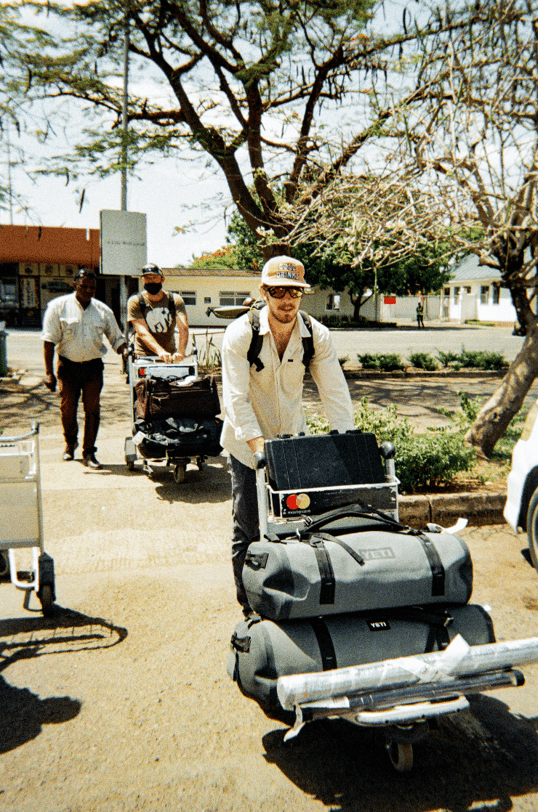
Arriving with multiple carts of gear for our two week "reccy".
We start our 2 day drive to Ruaha by way of Morogoro and Iringa, and once we get past the sprawling metropolis that is Dar we begin to wind through the hills and villages that make up most of Tanzania.
Tanzania is home to some of the most diverse topography in Africa. It claims the highest freestanding mountain (Kilimanjaro) on the continent, the second deepest lake in the world (Lake Tanganyika), and is the home of the biggest mammal migration in the world (Serengeti National Park). All of this diversity means the country hosts arguably the greatest collection of birds, mammals, and fish on the continent.

We are headed to the Great Ruaha River in Ruaha National Park, one of the largest national parks in Africa, in search of the fabled tigerfish. Many anglers have heard of this legendary hard-striking, bony-mouthed predator but few have had the opportunity to hunt them.
After multiple calls with Dom and helpful hints from a select group of friends who had brought a few tigers to hand, we learned a few things: tigers like poppers, tigers like streamers/swimbaits, you better bring a ton of em cause they destroy tackle, and on that note, pack more wire leader than you'd ever think you'd need. Otherwise, we pack a variety of gear and get ready to cut our teeth with some trial and error in the field.
Ruaha, Land of the Tigerfish

Austin with one of our first tigerfish on the fly.
We drive past the gate and are welcomed by a light drizzle - the first sign that the wet season is approaching soon. We drive to the river to scope out some spots for the following day and are blown away by the sight. No one utters a word for 5 minutes as we silently get out of the car and stare at the true wilderness we are beholding.
The dry season means each part of the river is separated into big pools. Huge black rocks jut in every direction and the pools are scattered with red sand beaches, half of which are covered in sunning crocs. Hippos stare at you from under the water and give you suspicious looks, grunting to show both their awareness and disapproval of our presence.
Waterbuck take sips off in the distance by some palm trees in the next pool upriver. Every now and then you hear a catfish flip it’s tail or a croc scurrying after a small fish trying to corner it against a rock for dinner. The water itself is dark, almost black, and seems menacing. You know just below the surface lie hippos and crocs and your target: the tigerfish.

The view down from The Bridge, our starting point on the Great Ruaha River. This pool is filled with 10 crocs and 15 hippos just under the surface.
After 5 minutes of silence our vocal cords unfreeze and we holler at each other as our adrenaline pumps in anticipation of the action of the following day. It starts to rain as we head to the campsite to prepare for our action the next morning.
Ready for anything, we organize an array of rods and options for the following morning. We set up 8,9,10, and 12 weight fly rods with both poppers and streamers in an array of colors. We set up a range of conventional rods and pack poppers large and small and an assortment of crankbaits, swimbaits, and soft plastics into the tacklebox.
After a late dinner of sausage and mango and a last minute warning from Dom not to leave shoes outside since “the hyenas will steal anything not nailed down”, we get to sleep under a thin Maasai blanket and restlessly sleep, dreaming of tigers.
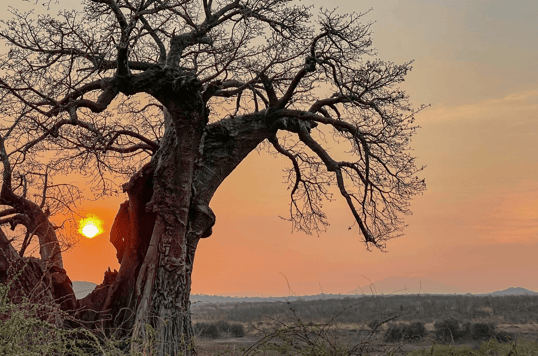
Sunset through the baobab tree in our camp.
Hold Fast! Tigerfish on the line!

A tiger swimming through the shallows.
We wake up like kids on Christmas morning, and eat our corn flakes so quickly I’m surprised no one choked. We pack our gear, hop in the car, and head to the ranger post to pick up our armed guards for the day.
Unable to see what lies under the black water, we figure we might as well set up carefully and make the first cast count. I head down from the bridge to a rocky outcrop from our pool from yesterday and throw a white popper out with an 8 wt.
Strip...
Strip…
Strip…
HIT!!!!
I almost drop the rod in surprise. The hit was one of the most powerful I have ever felt on the fly, and the fish runs 30 ft in about .2 seconds. He hits 2 beautiful jumps that would have scored perfect 10s, and I bring him to the bank before he breaks off with one last wiggle, much to the applause of our audience (humans, hippos, and crocs).
Given what they saw, everyone jumps up and fans out to try to be the next to throw a line in the water. We get a few immediate hookups and teases, and it seems like the tigers have already started toying with us. We begin to understand why these fish are so notoriously difficult to land. We get bites from tens of tigers and after what seems like too many casts, one will strike and the fight is on!
Jonathan is the first to land one - a medium-sized tiger with a nice toothy grin. Then Austin lands a few small tigers. Then Dom lands a little juvenile tiger. We get used to scrambling over 100 yards of rocks to try to get a glimpse of the action when someone else is on the line.
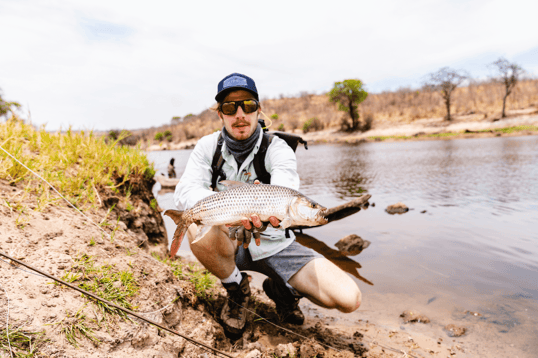
Attison holding up somewhat of a standard-sized tiger for this area.
Just as we start to think we have this tigerfish thing down the pool starts to go quiet. We wander to disparate ends of the pool and cast and cast and the bite is almost totally dead.
Everyone had started on poppers and as the tigers got less eager for topwater, we switched over to streamers and crankbaits with a few spoons thrown in for good measure.
We decide to head upriver to find greener pastures (literally, going from a cluster of jumbled black rocks to a grassy riverbed where the water was all but dried up). Most of the ruaha is dried up this far upriver, leaving streams that feed bigger pools.

Getting distracted by the neighbors.
This leaves all the bigger fish (along with crocs and hippos) to the bigger, deeper pools while the birds feed on minnows and snails in the shallow pools and streams. The bigger mammals also use these areas to drink as they know the crocs are waiting in the deeper areas. All this to say, the deeper the pool, the better your odds of landing a tiger.
We headed to this new upper pool (colloquially known among the rangers as the “croc and hippo pool”) to try our luck. We shoo away some baboons that had taken residence by the shoreline so we have some space to cast.
We use our remaining daylight and have some late afternoon luck. Austin hooks our first truly large tiger - a nice 60 cm fish (or ~24 inches - we switched over to the metric system while over there. Do as the locals do).
This is the first in a 5 part series:
Part 2: A Primer on Tigerfish Behavior
Part 3: Setting the Tigerfish Record
Part 4: 50 Miles to Latham Island
Part 5: Fishing for Rainbows in the Shadow of Kilimanjaro
Attison Barnes
Updated on August 2, 2023

January 7, 2022

November 15, 2023

July 1, 2024

August 21, 2023

June 22, 2022
Related Articles
October 12, 2022
October 31, 2022
Featured Locations
- Fishing Charters Near Me
- Austin Fishing Guides
- Biloxi Fishing Charters
- Bradenton Fishing Charters
- Cabo San Lucas Fishing Charters
- Cancun Fishing Charters
- Cape Coral Fishing Charters
- Charleston Fishing Charters
- Clearwater Fishing Charters
- Corpus Christi Fishing Charters
- Crystal River Fishing Charters
- Dauphin Island Fishing Charters
- Daytona Beach Fishing Charters
- Destin Fishing Charters
- Fort Lauderdale Fishing Charters
- Fort Myers Fishing Charters
- Fort Walton Beach Fishing Charters
- Galveston Fishing Charters
- Gulf Shores Fishing Charters
- Hatteras Fishing Charters
- Hilton Head Fishing Charters
- Islamorada Fishing Charters
- Jacksonville Fishing Charters
- Jupiter Fishing Charters
- Key Largo Fishing Charters
- Key West Fishing Charters
- Kona Fishing Charters
- Lakeside Marblehead Fishing Charters
- Marathon Fishing Charters
- Marco Island Fishing Charters
- Miami Fishing Charters
- Montauk Fishing Charters
- Morehead City Fishing Charters
- Naples Fishing Charters
- New Orleans Fishing Charters
- New Smyrna Beach Fishing Charters
- Ocean City Fishing Charters
- Orange Beach Fishing Charters
- Panama City Beach Fishing Charters
- Pensacola Fishing Charters
- Pompano Beach Fishing Charters
- Port Aransas Fishing Charters
- Port Orange Fishing Charters
- Rockport Fishing Charters
- San Diego Fishing Charters
- San Juan Fishing Charters
- Sarasota Fishing Charters
- South Padre Island Fishing Charters
- St. Augustine Fishing Charters
- St. Petersburg Fishing Charters
- Tampa Fishing Charters
- Tarpon Springs Fishing Charters
- Venice Fishing Charters
- Virginia Beach Fishing Charters
- West Palm Beach Fishing Charters
- Wilmington Fishing Charters
- Wrightsville Beach Fishing Charters
